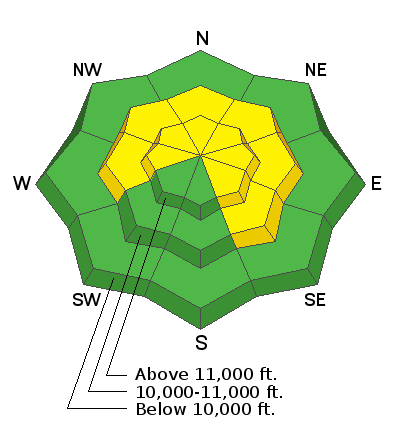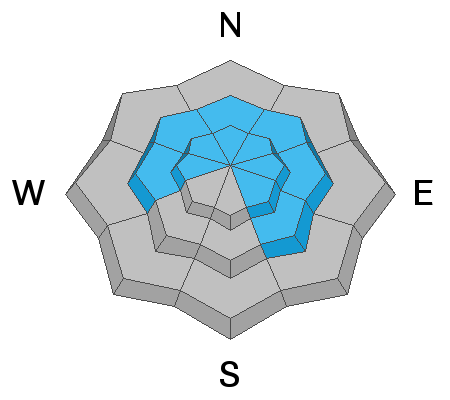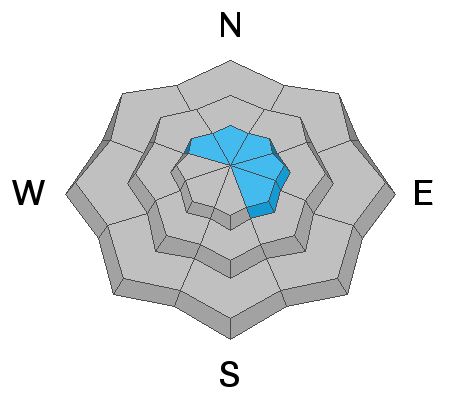Forecast for the Moab Area Mountains

Issued by Eric Trenbeath on
Monday morning, February 3, 2020
Monday morning, February 3, 2020
Expect a rising avalanche danger today. Strong southerly winds are blowing and drifting snow and the danger is MODERATE on steep, wind drifted slopes that face W-N-SE. Human triggered avalanches are possible in these areas and the danger will become more widespread throughout the day. If snow totals come in on the high end, the danger could reach CONSIDERABLE by afternoon. Be alert to changing conditions and avoid steep slopes with recent deposits of wind drifted snow.

Low
Moderate
Considerable
High
Extreme
Learn how to read the forecast here








